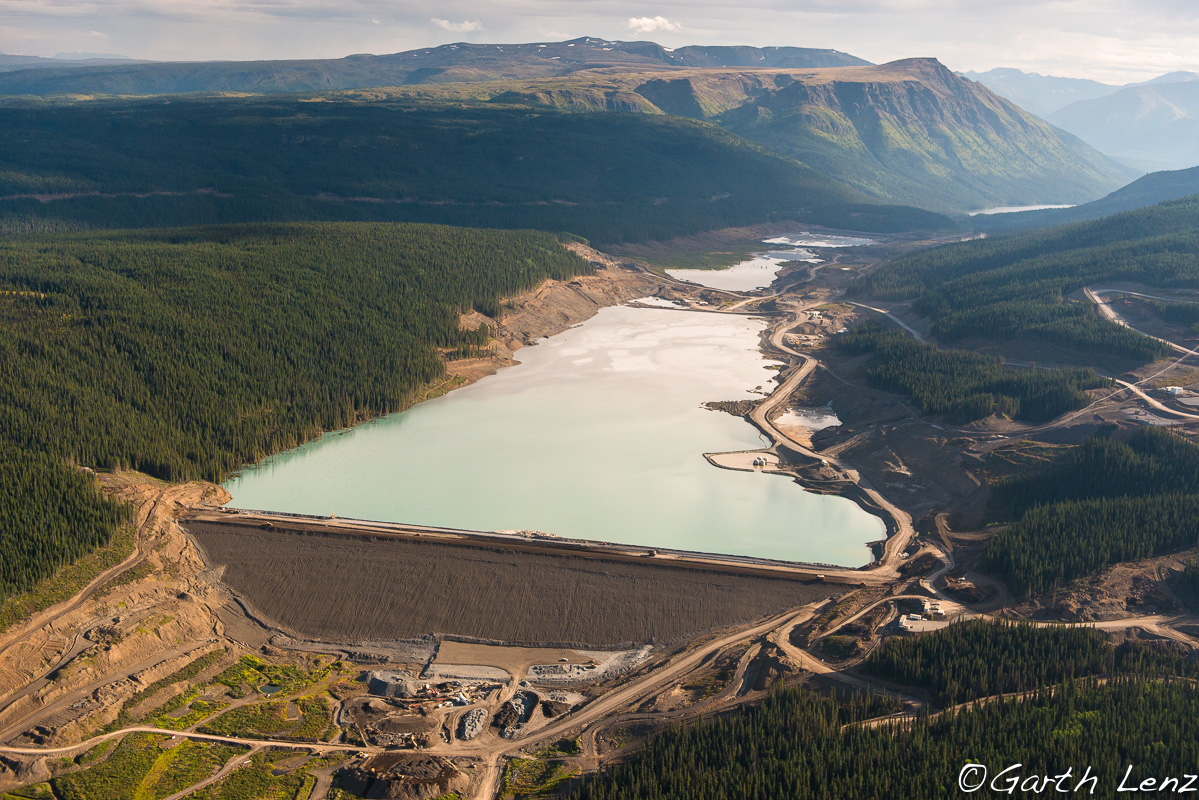Several mining projects are proposed within salmon watersheds
Though much of northwestern B.C. remains ecologically intact, it faces mounting pressure from industrial development. The headwaters of the Stikine, Nass and Skeena Rivers, for instance, are called the “Sacred Headwaters” by Indigenous Peoples, and the “Golden Triangle” by those with their sights on its mineral riches.
There are several new operating and permitted mines, and the Northwest Transmission Line was built primarily to provide energy for these projects. There is an increase in mineral exploration in the pursuit of precious and “critical” minerals.
Mount Polley was the largest mining disaster in B.C. history
Mines can provide jobs and economic investment, but they can also put salmon watersheds and drinking water at risk through spills and contamination, and can generate billions of litres of toxic waste needing treatment in perpetuity. The Mount Polley disaster that caused 25 billion litres of tailings to spill into Polley Lake, Hazeltine Creek and Quesnel Lake (a source of drinking water and major spawning grounds for sockeye) put a spotlight on these risks and the weak mining laws and enforcement in B.C.. The Auditor General issued a report in 2016 that called BC’s monitoring and enforcement regime in mining “woefully inadequate.”
Northern Confluence helps reduce risks and impacts of development by bringing these issues to Victoria and Ottawa, working with regional and national partners to reform outdated mining laws and advocating for the implementation of First Nations’ free, prior and informed consent for all mineral staking and mining projects.







![Northern Confluence [logo]](/wp-content/uploads/2019/02/northern-confluence-reverse.png)